The Cantonese words at the heart of Hong Kong’s 2019 protest vocabulary
Social movements create languages of their own. Participants develop a specific vocabulary, both to communicate easily with each other and to create a sense of solidarity. Hong Kong’s protests are no different.
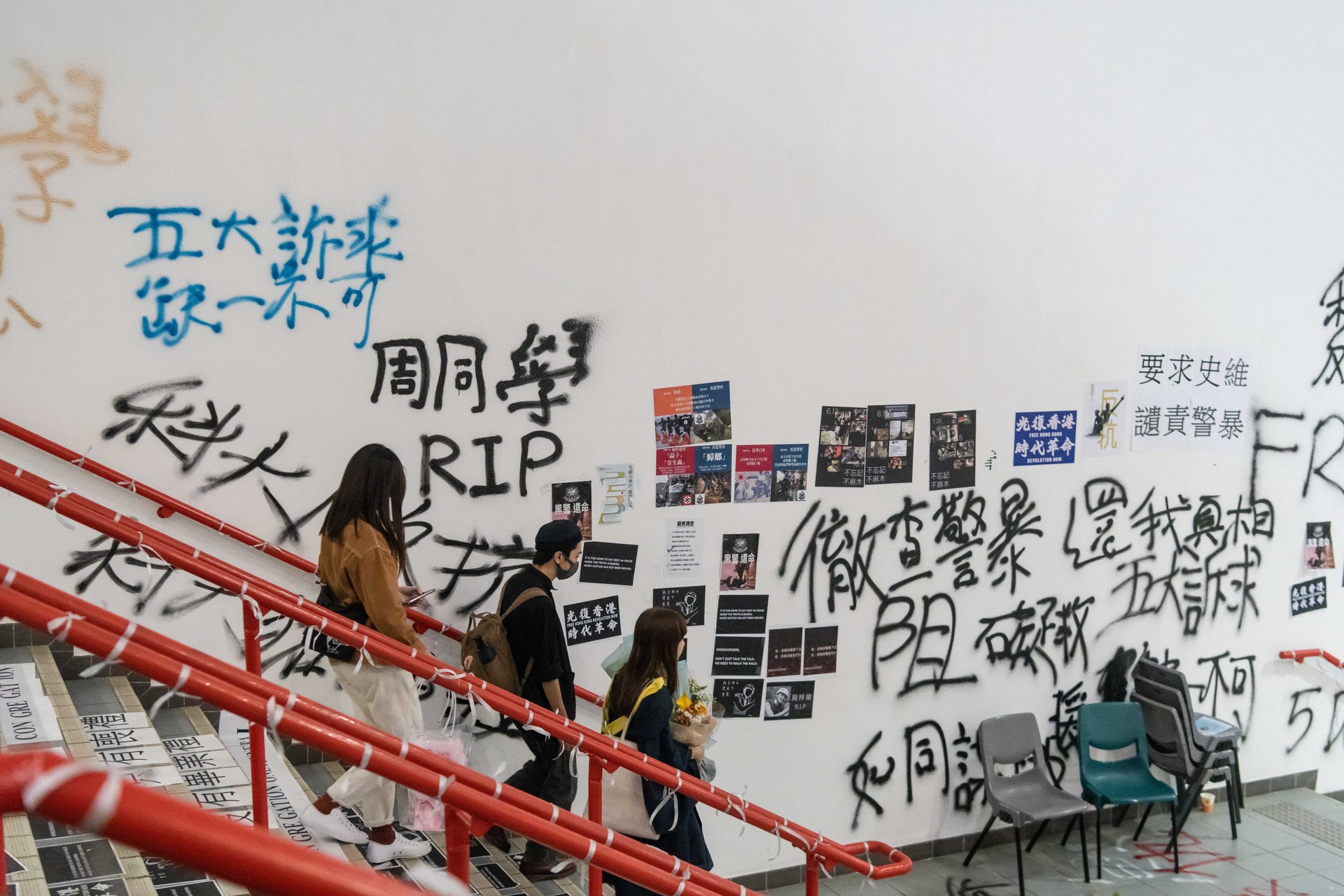

Social movements create languages of their own. Participants develop a specific vocabulary, both to communicate easily with each other and to create a sense of solidarity. Hong Kong’s protests are no different.
Throughout the past six months, Cantonese—the lingua franca of the city, as opposed to the Mandarin spoken on mainland China—has been vital to the movement as a unifier and identity marker. Protesters have deployed the language in creative and bitingly satirical ways, creating multi-layered puns and coining memorable chants and slogans.
Here are some protest-related words that have found their way into the everyday speak of hundreds of thousands of Hong Kongers in 2019.
黑警 (haak ging) “black police”
Literally “black” or “dirty” cop, this word encapsulates many Hong Kongers’ deep distrust and animosity towards the local police, which has faced widespread accusations of excessive use of force and abuse of power. The word took on added significance after July 21, when armed thugs launched an attack on civilians at a train station and police failed to arrive in time to thwart the assault, or apprehend anyone. Some of the attackers were later linked to Hong Kong’s triads, organized criminal groups known as 黑社會 (literally, “black society”). In an allusion to the suspected collusion between the police and the triads, protesters created a composite character that combined the characters for “black” and “police.”
和理非 (wo lei fei) “peaceful, rational, non-violent”
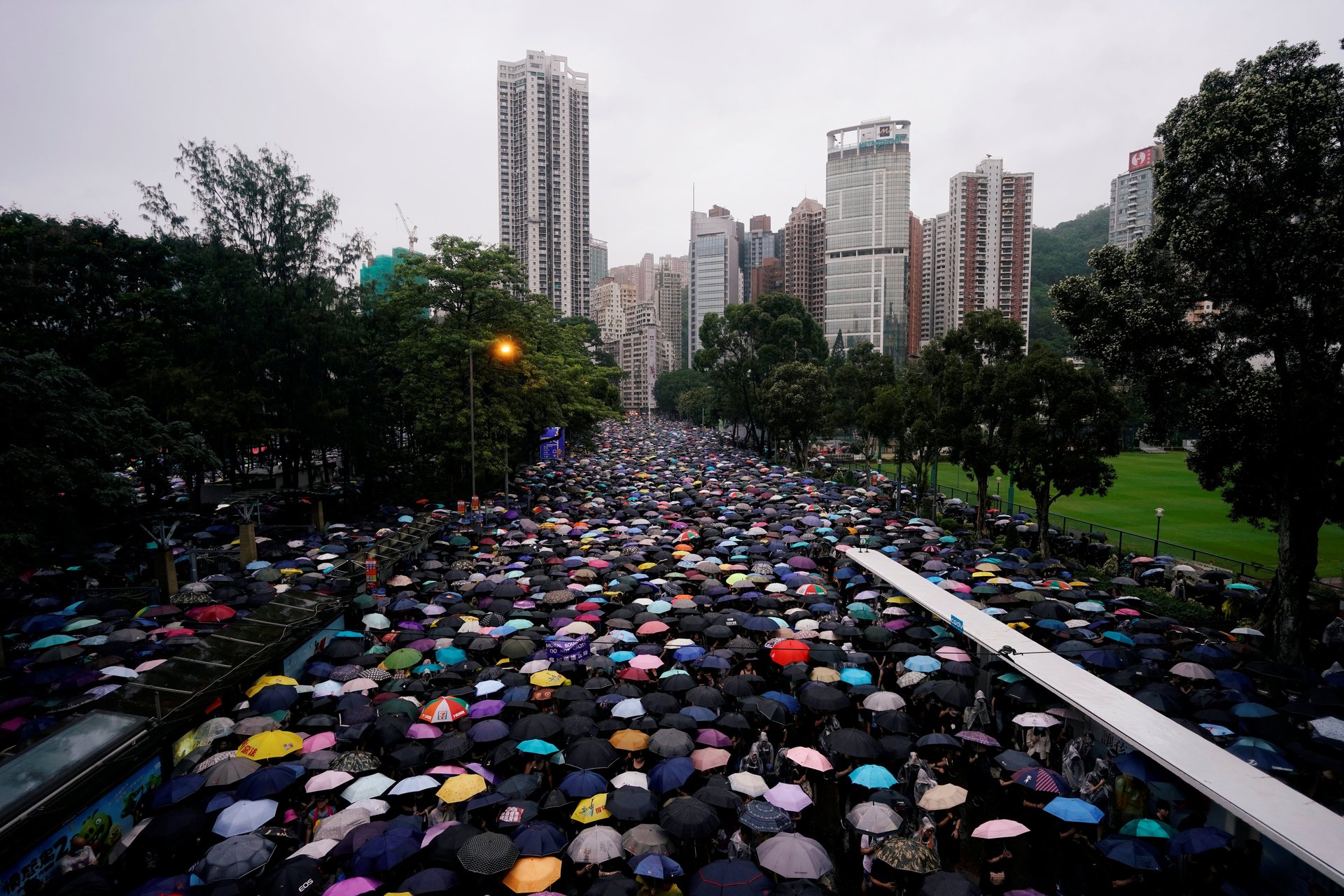
Protesters who stick to “peaceful, rational, non-violent” means of resistance and demonstration are considered wo lei fei. They want to keep confrontations to a minimum, so protests typically take the form of mass rallies and marches, or activities like singing in a shopping mall, folding paper cranes, and forming a city-wide human chain. They may also help dig up bricks and set up roadblocks.
勇武 (jung mou) “brave fighters”
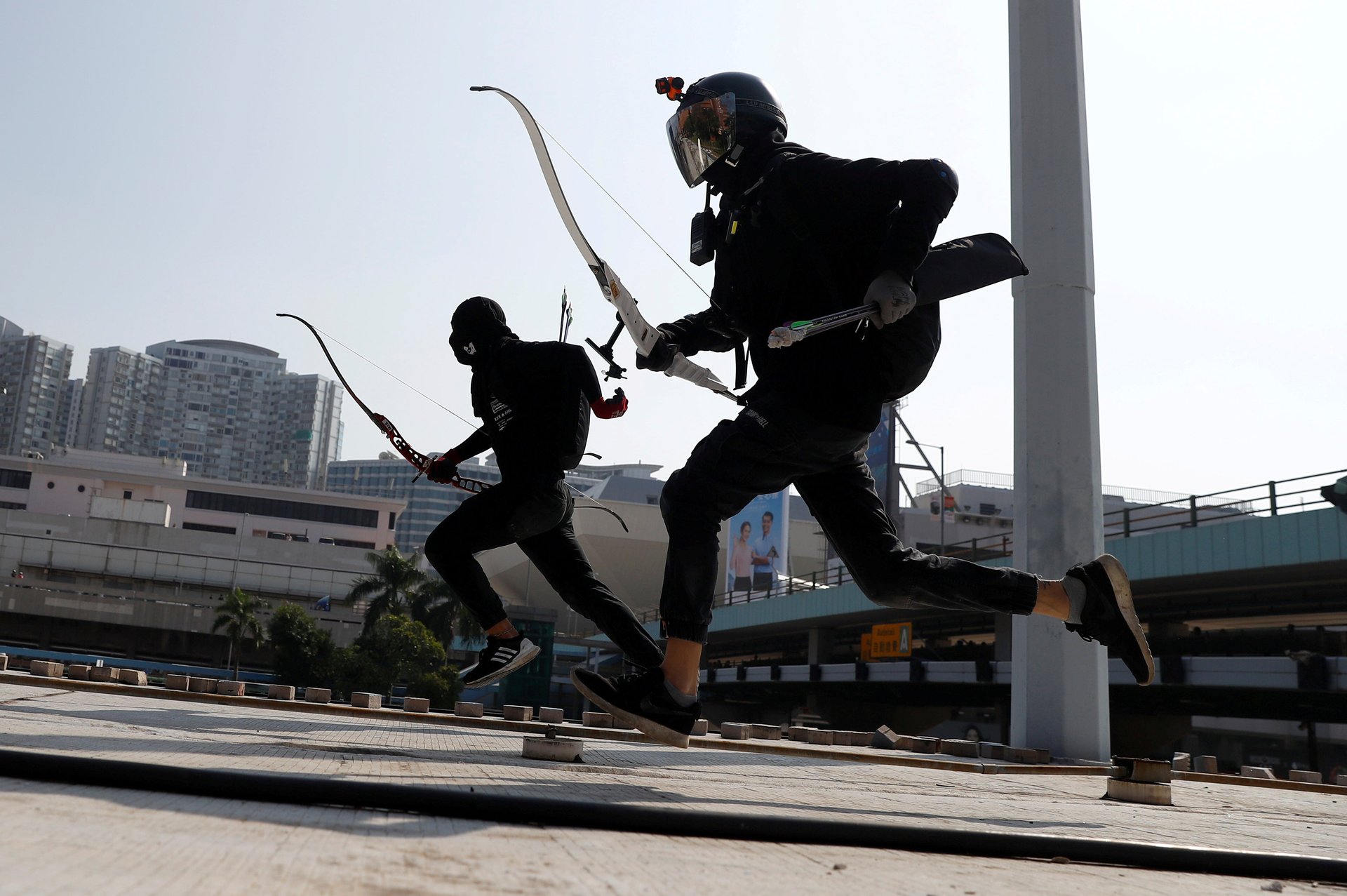
These are the so-called “radical” and “frontline protesters” who are up close with riot police, clashing with officers and lobbing Molotov cocktails from behind makeshift barricades. From the early days of the movement, there has been a concerted push for unity between the wo lei fei protesters and those who take more aggressive actions. As the movement developed, and as the use of force by both protesters and police escalated, the line between the two camps has blurred.
手足 (sau zuk) “comrades”
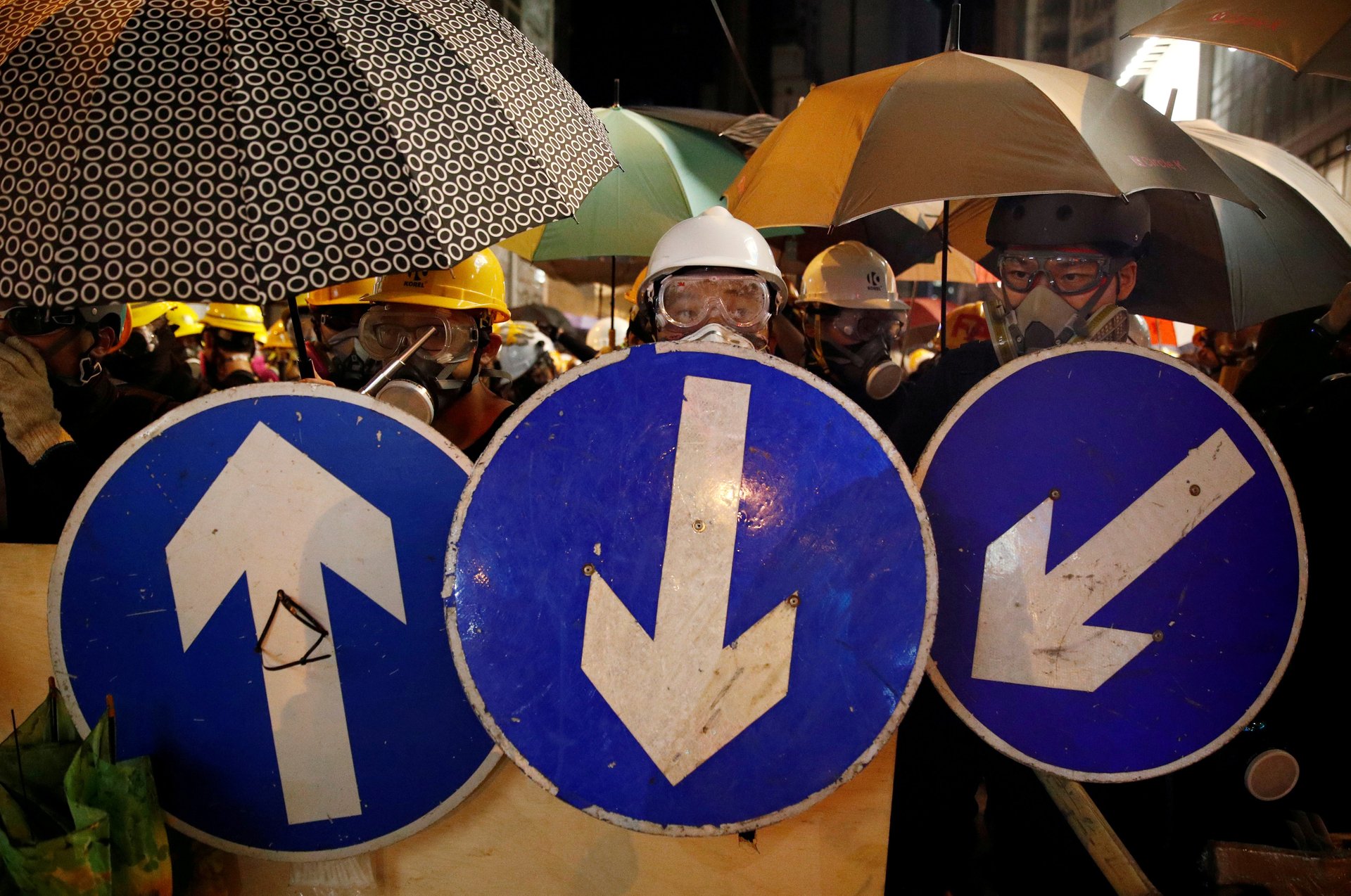
If Hong Kong’s protesters had an equivalent to the Chinese Communist Party’s “comrades,” this word would be it. Any participant in the movement is considered a sau zuk, literally “hands and feet.” It’s perhaps a nod to the all-hands-on-deck approach to the protests, and creates a shared understanding that every protester should hold fellow protesters near and dear. As a well-known local writer who was arrested during the siege of Polytechnic University put it (link in Chinese): “The term ‘hands and feet,’ it’s true, they’re part of your body. If you lose them, you’ll want to find them.”
The expression often rings out at demonstrations and is a quick way for protesters to address the crowd and rally the forces.
曱甴
(
gaat zaat)
“cockroach”
Hong Kong police have called protesters, medics, and journalists alike “cockroaches.” The phrase might have found impetus from a letter in August penned by the chair of the Junior Police Officers Association, which denounced protesters as “no different from cockroaches.” This act of dehumanization, especially by those in authority, is deeply worrying, not least because Nazis described Jews as rats, and Hutus involved in the Rwanda genocide called the Tutsi minority cockroaches.
狗
(gau) “dog”
It’s not just the police who doing the dehumanizing. Protesters routinely call the police “dogs,” and refer to police vehicles as “dog cars” and police stations as “dog houses.” Some protesters have also scattered dog food at the entrance of police stations, or thrown dog food at officers.
獅鳥 (si niu) “lion bird”
This word is itself a play on another Chinese word, of which it is a homonym: 私了, which means to settle a matter privately without involving authorities. In this context, it means extrajudicial punishment. The practice is problematic, controversial, and almost inevitably devolves into violence, as certain protesters target those perceived to be opponents. Yet this phenomenon of vigilante justice also speaks to something larger: as a result of protesters’ complete distrust of the police, they feel the need to take matters into their own hands.
Artistic protesters have also taken the opportunity to create a visual representation of the concept of extrajudicial punishment, as a mythical creature that is a hybrid of a lion and a bird.
暴徒 (bou tou) “rioter“
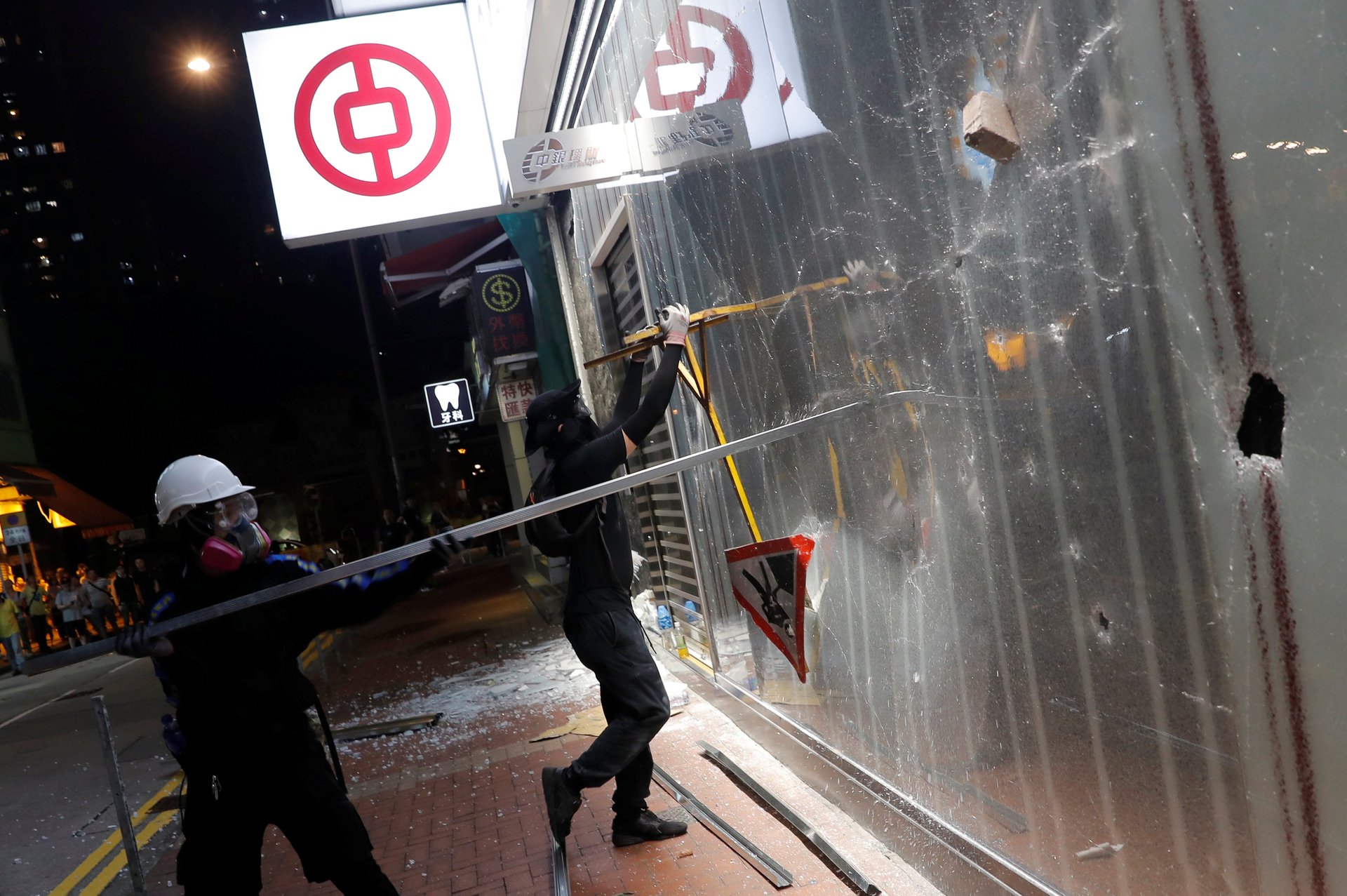
The Hong Kong and Chinese governments have increasingly been referring to protesters as a seemingly homogenous mob of violent “rioters,” as they seek to paint the movement as something that has been hijacked by a crazed horde of “radicals” who are acting against the wishes of a “silent majority” too afraid to voice their opposition. The recent local district elections, in which the pro-democracy camp won a sweeping victory, pokes serious holes in this official narrative.
自由
閪
(zi jau hai) “freedom cunt”
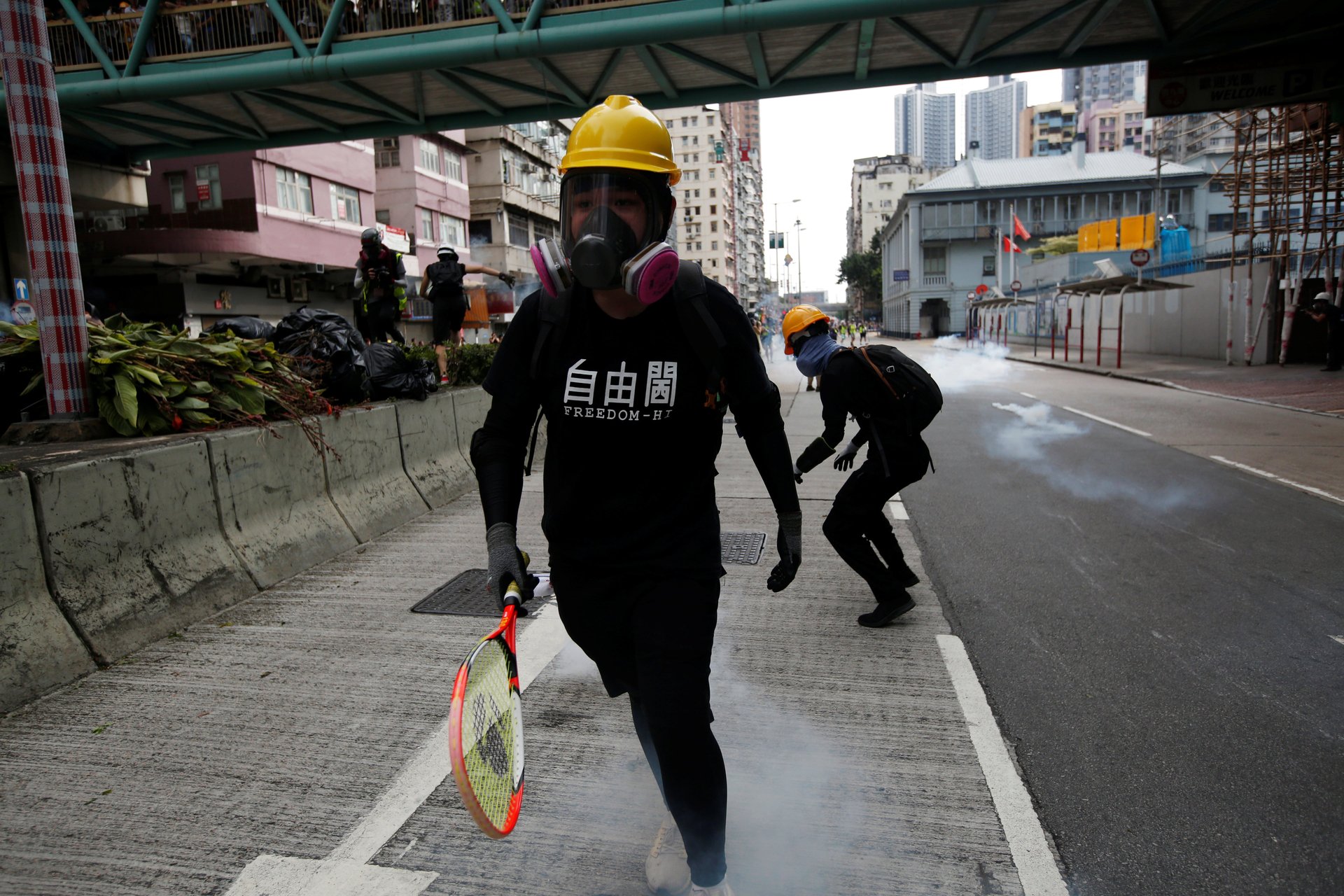
閪 (hai) is a profanity describing female genitalia. Combined with the preceding two characters, it forms an insult first used in June by the police against protesters, and caught on camera (link in Chinese). Since then, many Hong Kongers have reclaimed the insult as a badge of honor, using it everywhere from hardhats to mooncakes to Chinese calligraphy.
港豬 (gong zyu) ”Hong Kong pig”
This word is used as something of an insult, referring to those who are politically apathetic and only concerned with “basic” matters like working, eating, sleeping, going out, and traveling. A lot of protesters have devoted time and effort to try and achieve a political awakening of these “Hong Kong pigs,” and the record voter turnout rate during November’s elections may suggest that those efforts have paid off.